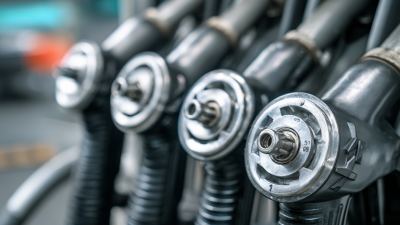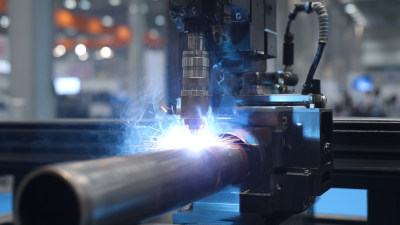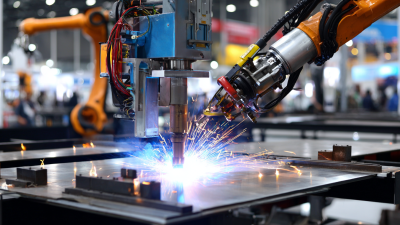The evolution of fuel nozzles has been pivotal in advancing refueling technology, leading to enhancements in both efficiency and safety. As we explore the innovative developments in this essential component of fuel delivery systems, we will delve into how modern engineering and digital technologies are revolutionizing the way fuel nozzles operate. These advancements are not only aimed at increasing the speed and convenience of refueling but also at reducing environmental impacts and enhancing user experience.
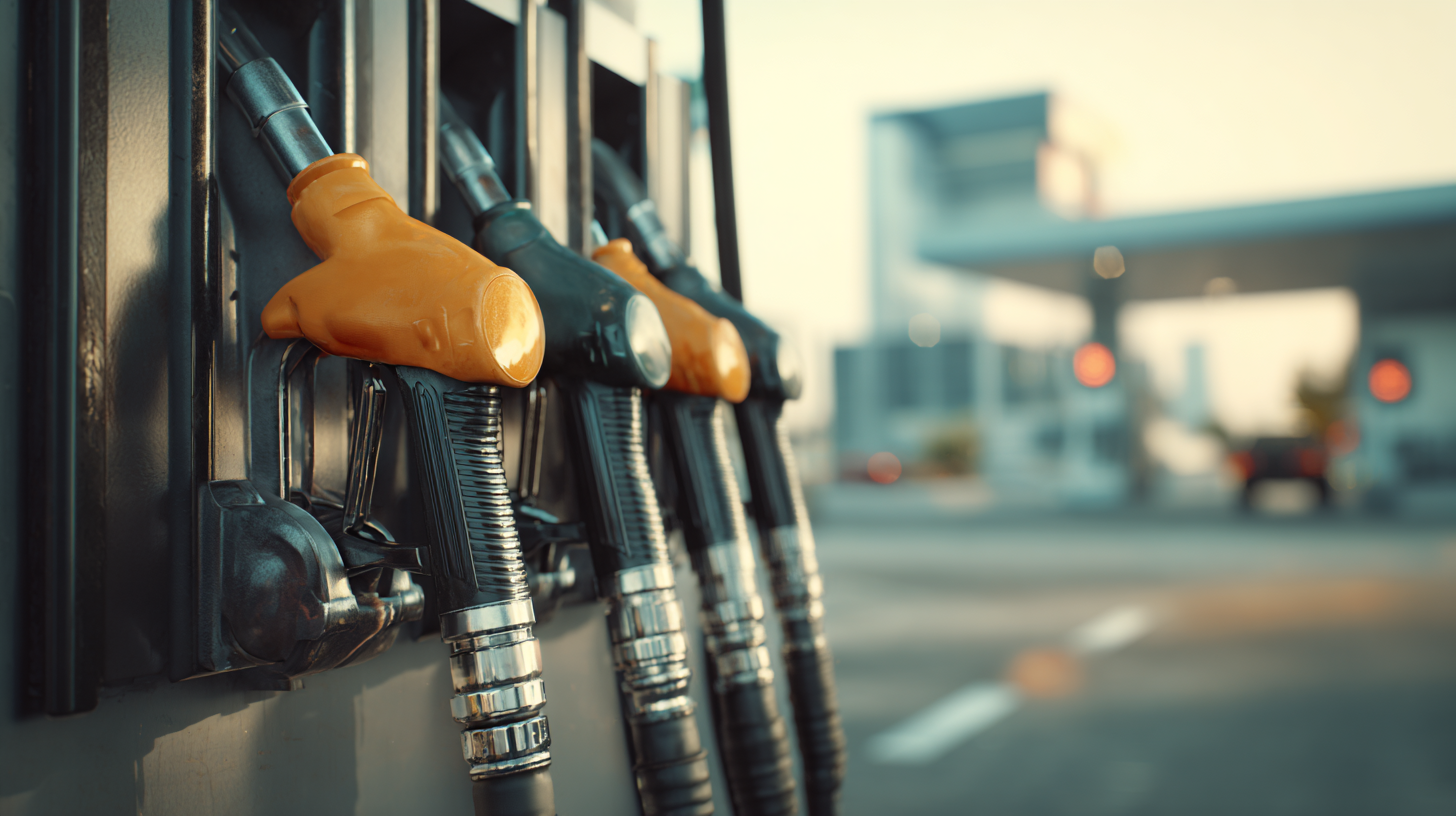 From smart sensors that monitor fuel flow to ergonomic designs that promote usability, the latest trends in fuel nozzle technology are setting new standards for the industry. This article will highlight the best practices and innovations that are shaping the future of fuel nozzles, ensuring that they remain at the forefront of sustainable energy solutions.
From smart sensors that monitor fuel flow to ergonomic designs that promote usability, the latest trends in fuel nozzle technology are setting new standards for the industry. This article will highlight the best practices and innovations that are shaping the future of fuel nozzles, ensuring that they remain at the forefront of sustainable energy solutions.
Fuel nozzle design has come a long way, significantly influenced by advancements in technology aimed at enhancing efficiency and minimizing emissions. Recent developments such as the integration of methanol-reforming proton exchange membrane fuel cell systems illustrate the push toward more sustainable refueling methods. These systems are gaining traction in distributed generation due to their efficiency in converting methanol to power while simultaneously providing heating and cooling. According to industry forecasts, the waste heat recovery heat pump market is also expected to reach USD 3.5 billion by 2035, driven primarily by energy efficiency initiatives that complement advanced nozzle technologies.
Innovations in engine technology are further driving improvements in fuel nozzle efficiency. New-generation engines boast a remarkable reduction in fuel burn by up to 20% compared to older models, achieved through cutting-edge materials and design techniques. The implementation of machine learning in optimizing fuel-staging combustion processes also showcases the potential for reducing emissions, particularly nitrogen oxides (NOx), which are critical pollutants affecting air quality. As these technologies evolve, the synergy between fuel nozzle design and advanced combustion systems plays a pivotal role in achieving higher operational efficiency and lower environmental impact.
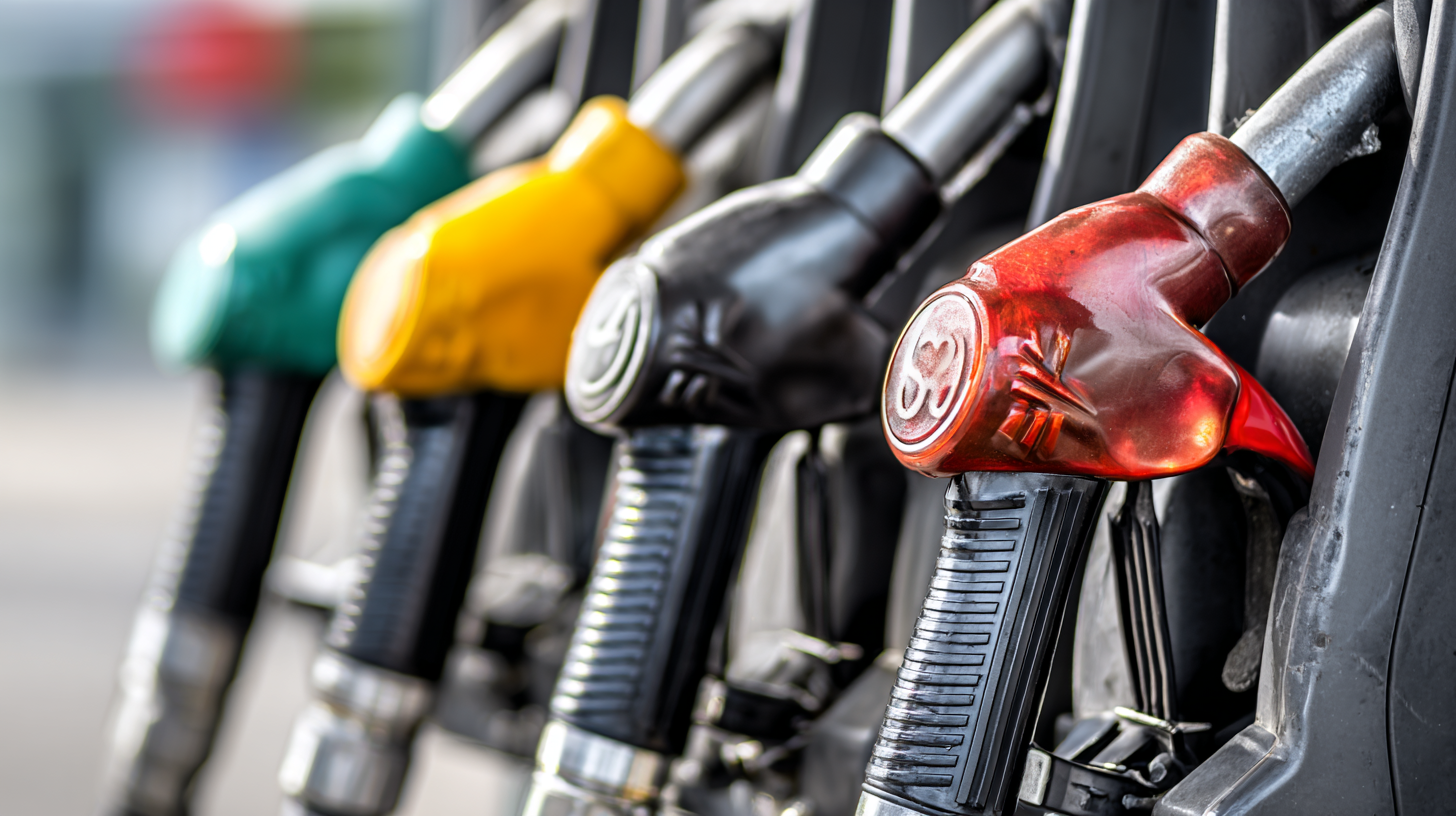
The integration of smart technology into modern fuel nozzles is significantly enhancing user experience and safety in refueling processes. With innovative features such as automatic shut-off systems, integrated flow meters, and real-time feedback mechanisms, these advanced nozzles ensure precision and reduce the risk of spills and overfilling. By harnessing smart sensors and connectivity, they can communicate critical information to both users and fuel providers, allowing for a more streamlined and informed refueling experience.
Moreover, the role of artificial intelligence (AI) plays a pivotal part in optimizing these systems. AI technologies can analyze user patterns and improve nozzle functionality, not merely increasing efficiency but also enhancing user engagement. As seen in various sectors, including advertising and digital services, the emphasis on AI-driven experiences is reshaping customer interactions. The same trend is observable in the fuel industry, where smart nozzles are becoming indispensable tools for ensuring safety, convenience, and satisfaction throughout the refueling journey.
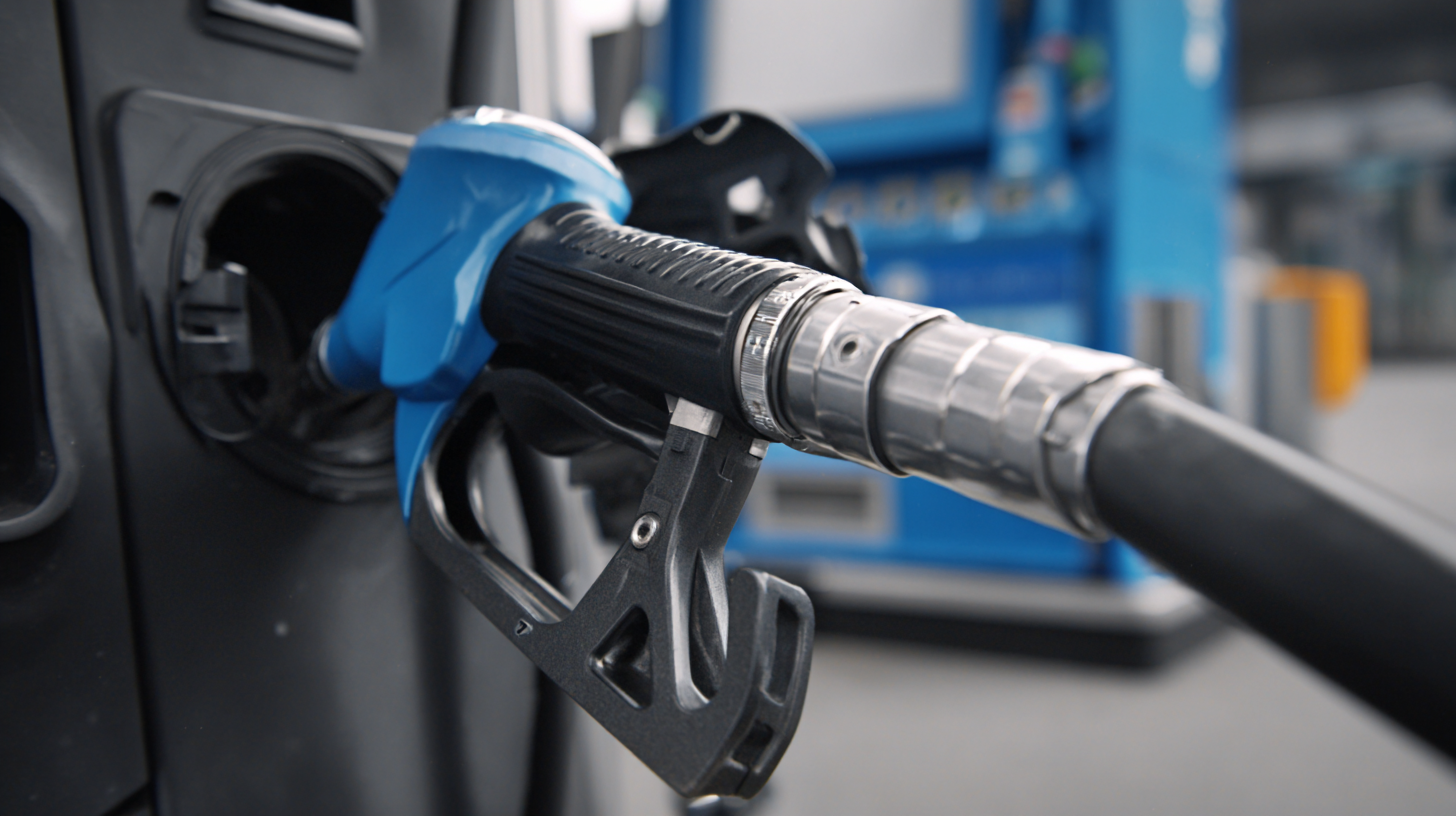
The durability and performance of fuel nozzles have undergone significant transformation, primarily due to advancements in materials science. According to the latest data from the American Society of Mechanical Engineers, the adoption of high-performance polymers and advanced alloys has resulted in a 30% increase in the lifespan of fuel nozzles. This enhancement is crucial as efficient refueling systems are essential for minimizing downtime and maximizing operational efficiency across various sectors, including aviation and automotive industries.
Additionally, innovative coatings and treatments have addressed common issues such as wear and corrosion, which contribute to nozzle failure. A comparative study published in the Journal of Fuel and Energy found that nickel-based coatings can reduce friction loss by up to 25%, thus improving fuel flow rates and overall nozzle performance. As manufacturers continue to integrate these materials into their designs, the focus remains on developing nozzles that not only withstand harsh operational conditions but also optimize the refueling process, ensuring that vehicles and aircraft can maintain their performance standards with minimal interruptions.
The evolution of fuel nozzle technologies highlights a significant shift from traditional to modern systems, emphasizing efficiency metrics that cater to both environmental sustainability and economic viability. Traditional fuel nozzles, while effective, often result in higher fuel wastage and increased emissions. In contrast, modern fuel nozzles are designed with advanced engineering that minimizes spillage and optimizes fuel flow. This shift not only enhances the overall refueling process but also contributes to reducing pollutants in various industries.
Recent advancements in technology have introduced precision mechanisms and smart features that facilitate controlled fuel delivery. These innovations draw parallels with improvements seen in industries like steel manufacturing, where similar approaches are used to manage and reduce pollutants. The comparative analysis reveals that modern fuel nozzles support a more sustainable approach to energy use, bridging the gap between traditional methods and the pressing need for environmentally responsible practices. As industries strive for progress, the adoption of these modern systems is becoming crucial in creating a lasting impact on efficiency and pollution control in energy-dependent sectors.
| Nozzle Type | Technology | Flow Rate (L/min) | Efficiency (%) | Features |
|---|---|---|---|---|
| Traditional Nozzle | Mechanical | 30 | 75 | Basic design, manual operation |
| Electronic Nozzle | Digital | 40 | 85 | Automatic shut-off, flow control |
| Smart Nozzle | IoT | 50 | 95 | Real-time monitoring, smart alerts |
| High-Efficiency Nozzle | Advanced Design | 35 | 90 | Optimized flow, reduced spillage |
The integration of artificial intelligence (AI) and automation in fuel nozzles is revolutionizing the way we approach refueling. Fuel nozzles are evolving from simple mechanical devices into sophisticated systems that enhance efficiency and accuracy. With AI-driven technologies, these nozzles can now analyze data in real-time, allowing for precise fuel delivery that minimizes waste and optimizes the amount dispensed.
Tips: When considering new fuel nozzle technologies, prioritize those that offer real-time monitoring features. These capabilities ensure you can track fuel usage accurately, leading to more informed decision-making regarding fuel purchases and consumption.
Moreover, automation is transforming the refueling process into a seamless experience. Automated fuel nozzles can adjust flow rates based on vehicle type and current fuel levels, enabling faster and safer refueling sessions. This not only benefits consumers but also helps service stations reduce wait times and enhance overall customer satisfaction.
Tips: For businesses, investing in automated refueling systems can greatly improve operational efficiency. Analyze the performance of existing equipment and explore upgrades that incorporate AI for better diagnostics and maintenance alerts. This proactive approach can prevent costly downtimes and streamline your refueling processes.
This chart illustrates the evolution of fuel nozzle efficiency over the years, specifically showing the average fuel flow rate in liters per minute from 2015 to 2023. As technology continues to advance, significant improvements in refueling efficiency are evident, particularly with the integration of AI and automation in modern fuel nozzles.

